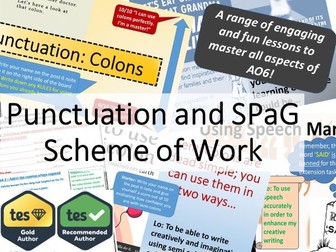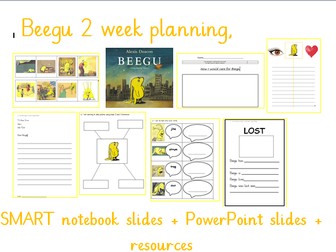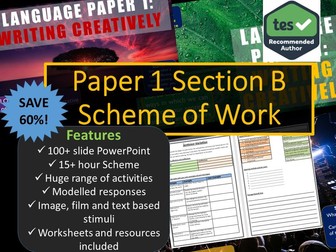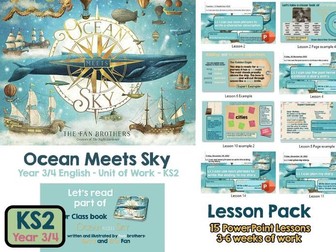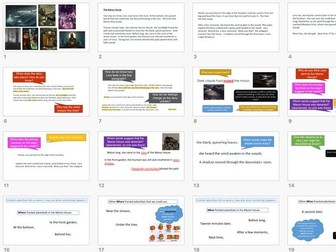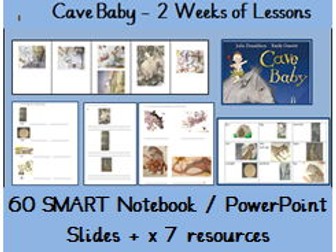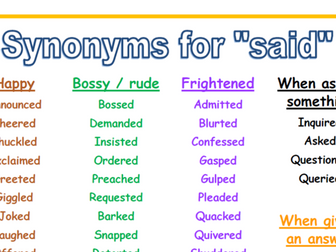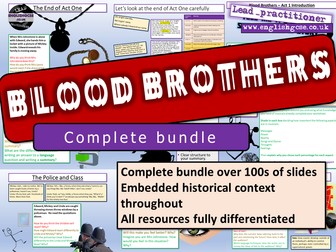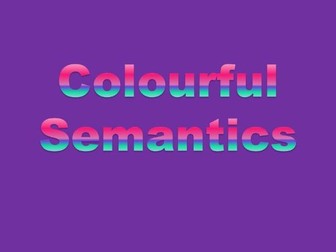
Punctuation and SPaG Scheme of Work
Complete Punctuation and SPaG scheme of work for Key Stage 3 and GCSE. It’s time to win the battle against poor grammar and punctuation once and for all!
Complete unit of work which will allow your students to master advanced punctuation as well as engage with a range of exciting creative writing tasks. If you are anything like me, explicit teaching/reminding of how to properly apply punctuation is ESSENTIAL for all ability ranges, especially with the new specification GCSE placing so much emphasis on AO6.
These lessons are certainly geared more towards KS3 and KS4 students. Powerpoints are light hearted and fun, with plenty of images/colour and silly jokes to keep your students engaged and entertained. I’ve found these lessons serve as an excellent ‘crash course’ in punctuation either at the beginning of the academic year or in the run up to the GCSE exams. Below is a list of contents:
Commas (£2 if purchased on its own) -
Commas powerpoint lessons
Commas in a list worksheet
Commas in a complex sentences worksheet
Colons (£2 if purchased on its own) -
Colon powerpoint lessons
Mastering colons worksheet
Semi-Colons (£2 if purchased on its own)-
Semi-colon lesson powerpoints
Semi-colon worksheets (x2)
Semi-colon writing success criteria worksheet
Speech- (£2 if purchased on its own)
Speech powerpoint lessons
Speech worksheet
Speech mixed practice worksheet
Writing success criteria worksheet
Editing and proof reading - (£3 if purchased on its own)
Editing and proof reading mini scheme powerpoint (nearly 50 slides)
Editing and proof reading worksheets (£2 if purchased separately)
A wide range of proof reading worksheets that you can use to consolidate and improve your student’s SPaG and proof reading abilities after you have finished the unit of work.
This unit would suit a range of abilities as there is lots of scope for stretch and challenge, with ambitious success criteria and extension tasks built in throughout. Scaffolding and differentiation options are built in where appropriate.
Fully resourced and ready to roll, minimal adaptation or tweaking required.
This is obviously a SPaG/Punctuation scheme of work, but it is equally focused on creative/descriptive writing too. Much of the content is therefore ideal for teaching general creative writing skills or preparing for the fiction writing task on the new specification (9-1) GCSE English Language exam.
Grab a bargain compared to buying these resources separately.
If you loved the resource and think it’s worth 5 stars, why not get another one absolutely free?
Simply leave a review, email ireviewedajs@outlook.com with your TES username and state the free resource* you would like!
(Free resource cannot exceed the value of the original resource purchased)
